A surprising discovery on a quiet evening
Concerned for its safety, they decided to take a closer look. To their surprise, the small animal didn’t quite resemble any ordinary kitten they had seen before — its features were distinct, with a more elongated body and unique facial markings.
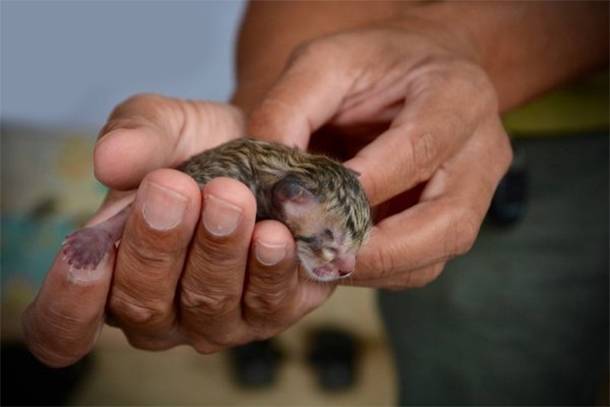
Worried and curious, the family contacted the Wildlife Friends Foundation Thailand (WFFT), a local animal welfare organization known for rescuing and rehabilitating wild animals. When the experts arrived, they carefully examined the little creature and revealed a stunning truth: this wasn’t a domestic kitten at all. It was a newborn fishing cat — a rare and vulnerable wild feline species native to Southeast Asia.
This realization marked the beginning of an incredible rescue story about compassion, survival, and the importance of protecting endangered wildlife.
What makes the fishing cat so special
The fishing cat (Prionailurus viverrinus) is a medium-sized wild feline that thrives in wetland environments such as rivers, mangroves, and swamps. Unlike most cats, the fishing cat loves water and is an excellent swimmer. Its diet mainly consists of fish, which it skillfully catches with its partially webbed paws — a unique adaptation that gives the species its name.
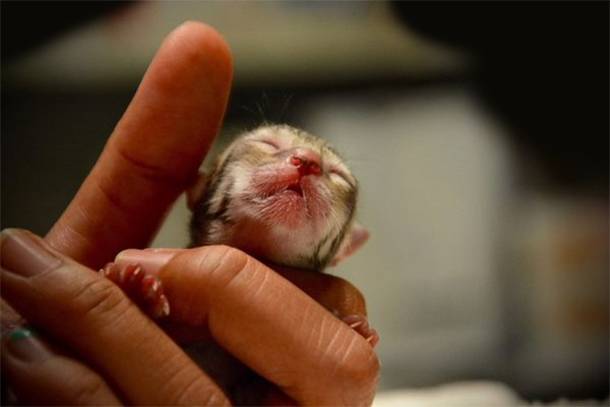
According to the International Union for Conservation of Nature (IUCN), the fishing cat has been classified as Vulnerable since 2016 due to rapid habitat loss. Wetlands across South and Southeast Asia are being destroyed at alarming rates for agriculture and urban development, leaving these rare cats without suitable homes. Over the last decade, fishing cat populations have plummeted dramatically.
In Thailand, conservationists like those at WFFT are working tirelessly to save the species from extinction. They report that poaching, habitat destruction, and retaliatory killings — often from farmers protecting their fish ponds — are among the leading causes of their decline.
The newborn fishing cat named Simba
When WFFT examined the baby animal the family found, they realized it had been born just a few hours earlier. It was astonishing that such a fragile newborn had survived alone for so long, as fishing cat mothers are usually extremely protective of their young. The team speculated that something tragic may have happened to the mother, possibly forcing the kitten to fend for itself.
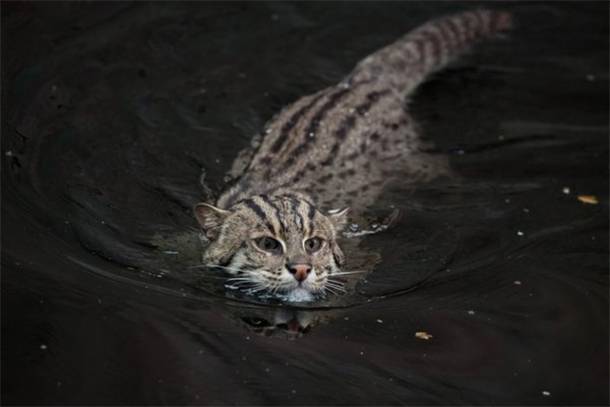
The rescuing family quickly grew attached to the little wildcat and named him Simba. With guidance from the wildlife experts, they were allowed to care for him temporarily while keeping an eye out for his mother, in case she returned. Sadly, she never did.
Simba was fed milk and received round-the-clock attention. As weeks passed, he began to grow stronger and more active. Despite being a wild species, Simba bonded closely with the humans who saved him. His survival became a symbol of hope for his species — proof that even one act of kindness can make a big difference in conservation efforts.
A symbol of hope for conservation
Today, Simba continues to thrive under close care. His story has inspired many to learn more about the fishing cat and the importance of preserving wetland ecosystems in Thailand and beyond. The WFFT uses stories like Simba’s to educate the public about the threats facing native wildlife and how community action can help.
Conservationists emphasize that saving the fishing cat isn’t just about protecting a single species. Wetlands play a vital role in maintaining ecological balance, preventing floods, and supporting biodiversity. When these habitats disappear, countless other animals — birds, reptiles, and amphibians — also lose their homes.
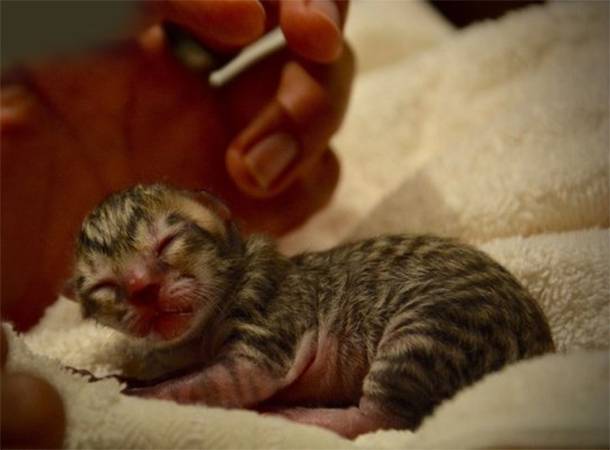
WFFT data shows that poaching and retribution killings have caused up to 84% of fishing cat deaths in Thailand. Simba’s survival, therefore, is nothing short of a miracle. Each rescued cat offers valuable insights into breeding, behavior, and survival — information that could be key to saving the species from extinction.
Why Simba’s story matters
Simba’s story is a reminder that even the smallest actions can create ripples of change. A family’s simple act of compassion not only saved a life but also helped raise awareness about one of the world’s most threatened wild cats. As conservation organizations continue their efforts, stories like Simba’s serve as beacons of hope — showing that coexistence and understanding are possible when humans and wildlife share the same space.
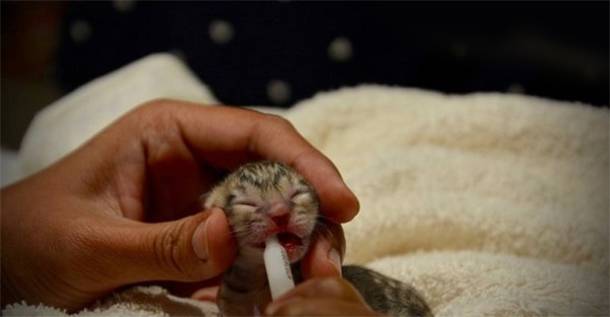
Protecting fishing cats like Simba means protecting the wetlands they depend on. Every effort counts — from supporting conservation programs to spreading awareness about these incredible animals. Thanks to that one family’s curiosity and kindness, the world gained a powerful symbol of resilience and a renewed reason to protect Southeast Asia’s vanishing wildlife.

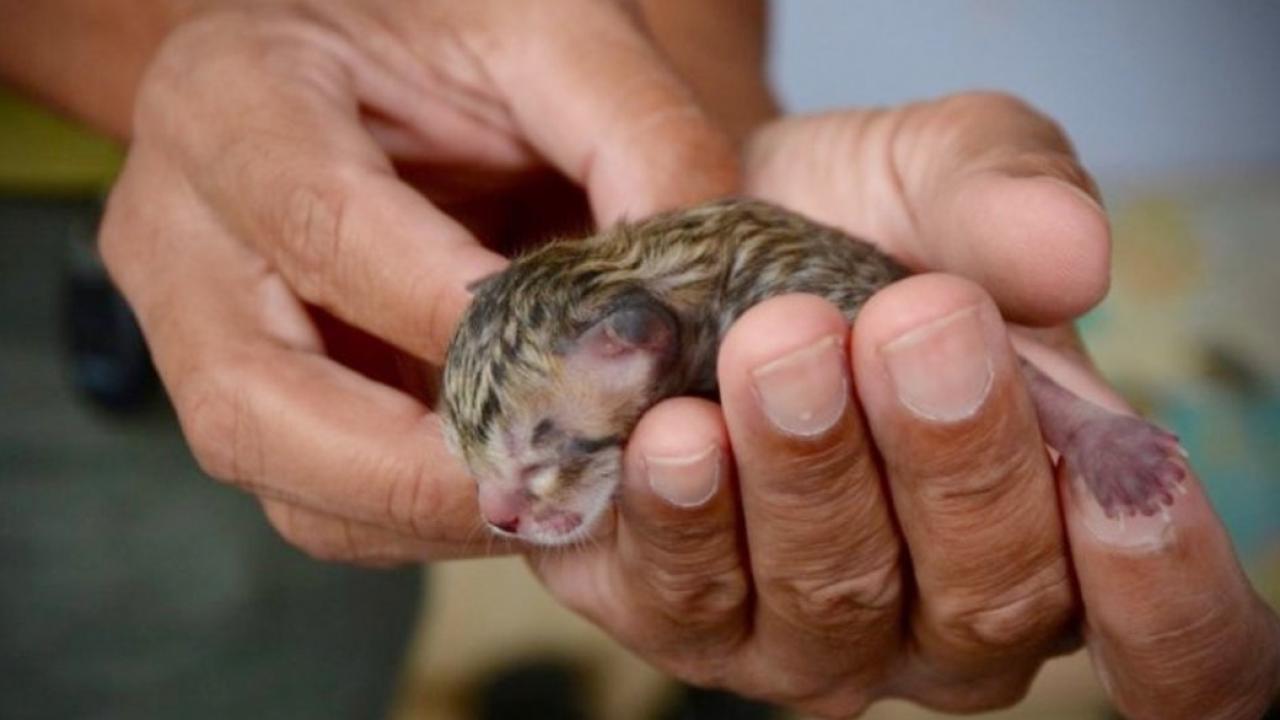
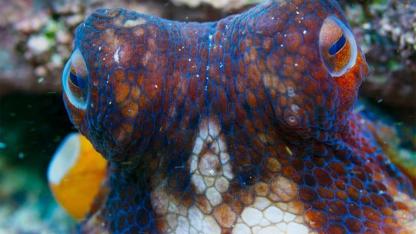
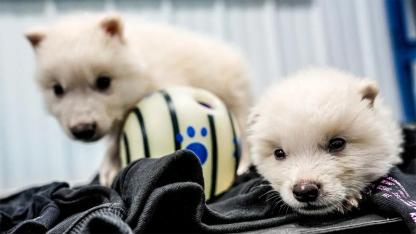
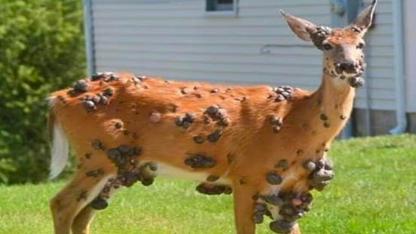
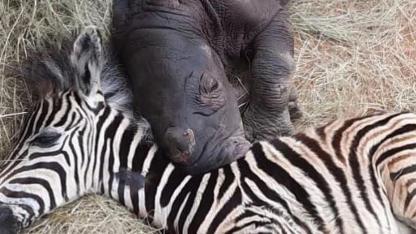

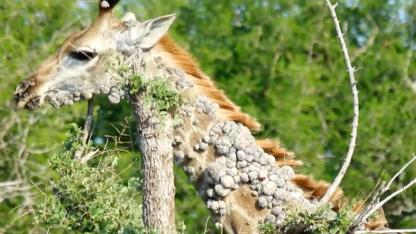


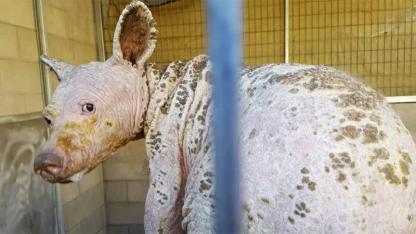
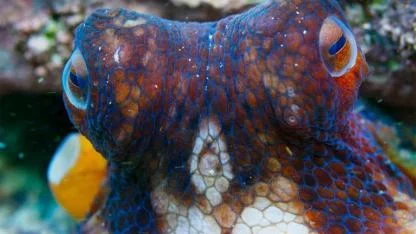
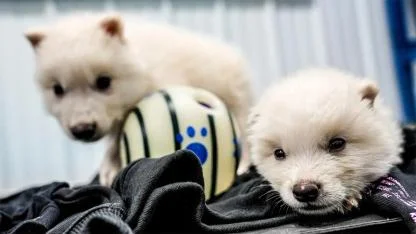
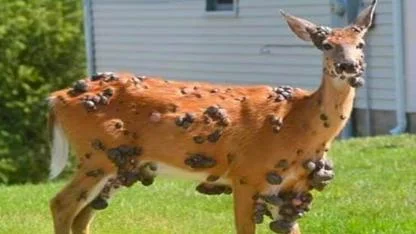
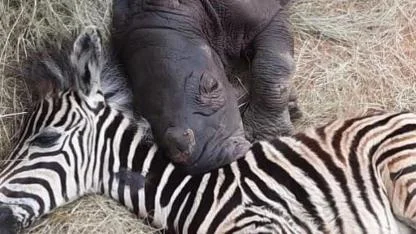

Yorumlar
Kalan Karakter: